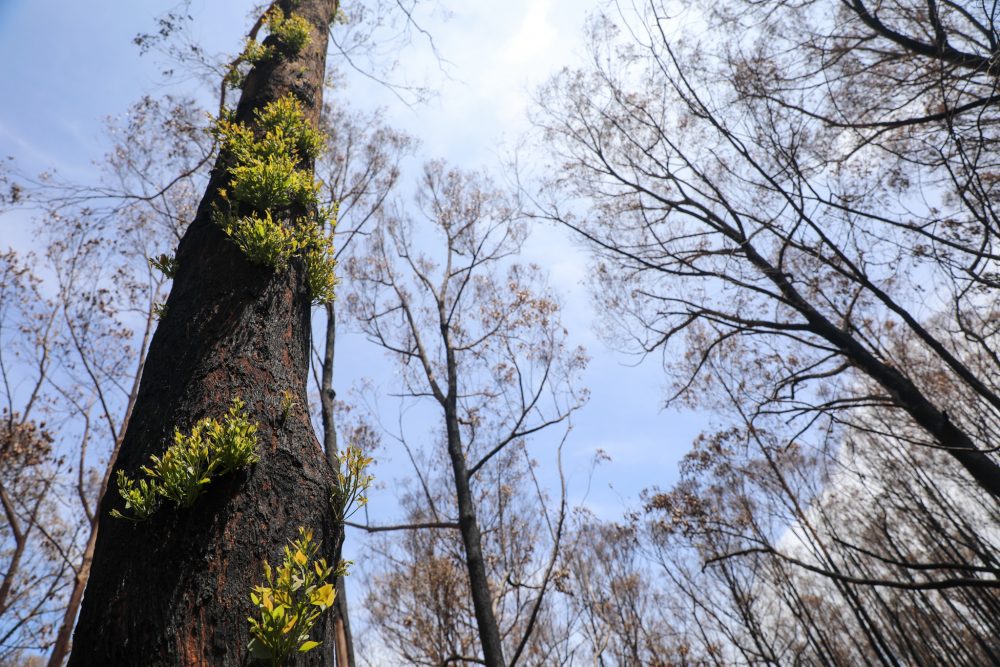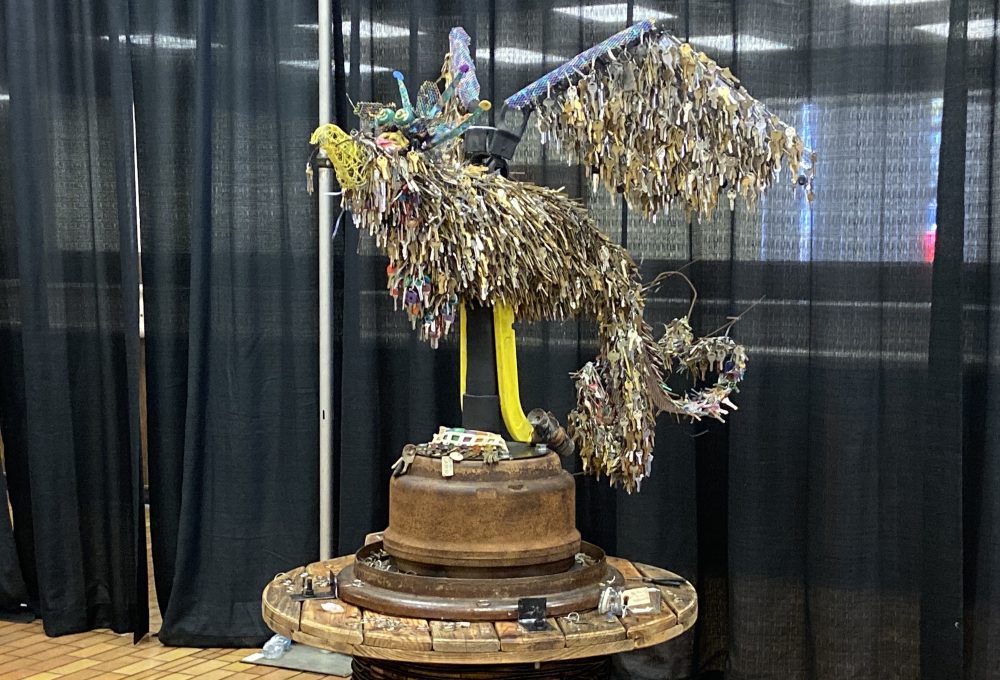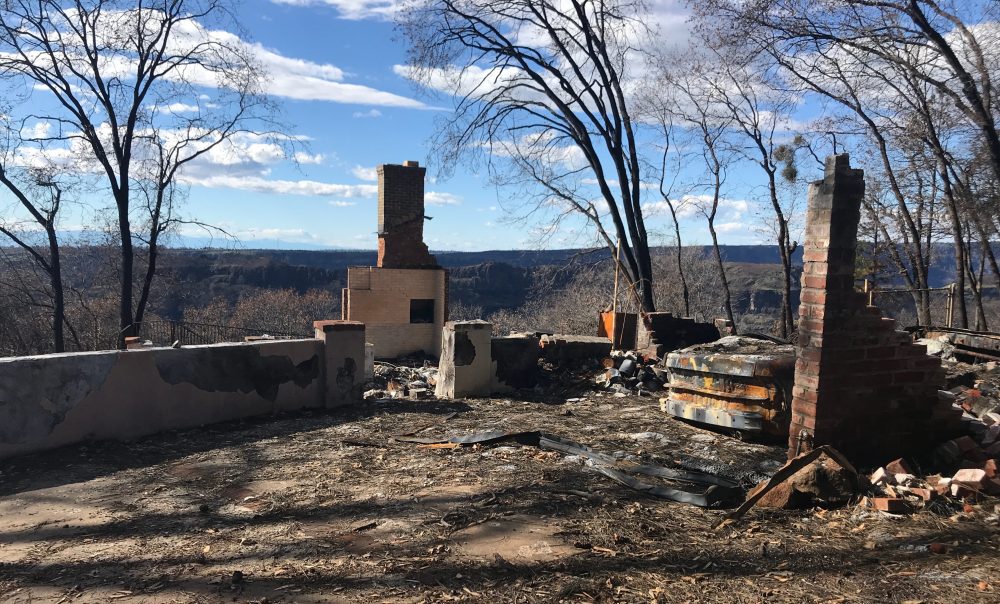Supporting Australian Bushfires Recovery with $1.19M Grant to World Wildlife Fund
The recent Australian bushfires had a significant and historical impact on the country with a reported 46,050,750 acres burnt – more than Amazon and California wildfires fires combined during the same 2019-20 annual season. The Center for Disaster Philanthropy (CDP), with generous support from Google.org, has already awarded $836,000 in grants to the Australian Red […]

The recent Australian bushfires had a significant and historical impact on the country with a reported 46,050,750 acres burnt – more than Amazon and California wildfires fires combined during the same 2019-20 annual season.
The Center for Disaster Philanthropy (CDP), with generous support from Google.org, has already awarded $836,000 in grants to the Australian Red Cross and The Foundation for Rural and Regional Renewal for relief and financial assistance for individuals and sub-grants to local nonprofits for localized recovery efforts. However, the most significant impact was on the nation’s habitat, including its wildlife and environment.
With our third and final grant for the Australian bushfires, CDP is awarding $1.19 million to the World Wildlife Fund (WWF) for long-term recovery efforts that are already underway. This gift, CDP’s largest international grant, focuses on wildlife and environmental restoration and addresses needs and gaps in the recovery, mitigation and prevention processes that are the most significant and most profound. The bushfires’ impact on Australia’s famed wildlife and the lands that hosted them left a far greater scar on the country when compared to the number of destroyed structures and the unfortunate loss of 34 persons.
I am excited by WWF’s approach to environmental recovery and restoration: WWF’s Indigenous Peoples Program invests in disaster risk reduction and mitigation measures with a diversity and inclusion lens that includes funding and advocacy for local Indigenous groups and communities. This program builds on findings by Charles Darwin University’s Darwin Centre for Bushfire Research that showed lands recently put under Indigenous fire management, including “cultural burning,” mitigated bushfire damage and impact in northern Australia by 50%.
Through this grant, CDP aims to support stakeholder communication and engagement with governments to increase investments in restoration efforts and amplify Indigenous voices calling for increased funding to Indigenous land management activities such as cultural burning fire mitigation approaches, Indigenous ranger programs and Indigenous Protected Areas.
Additionally, WWF’s Habitat Restoration Program is an ambitious program for environmental recovery from the bushfires through its 10-year target of 2 billion trees planted and more immediate interventions to protect and restore key wildfire corridors and areas. These targeted areas include many regions affected by the bushfires as well as places not directly touched by the fire but are now providing sanctuaries for displaced wildlife and hope for full habitat recovery.
In supporting these critical programs, I am pleased that CDP is committing to WWF’s holistic and inclusive approach to the affected regions’ ecological recovery.
More like this

Climbing a Mountain of Sand

